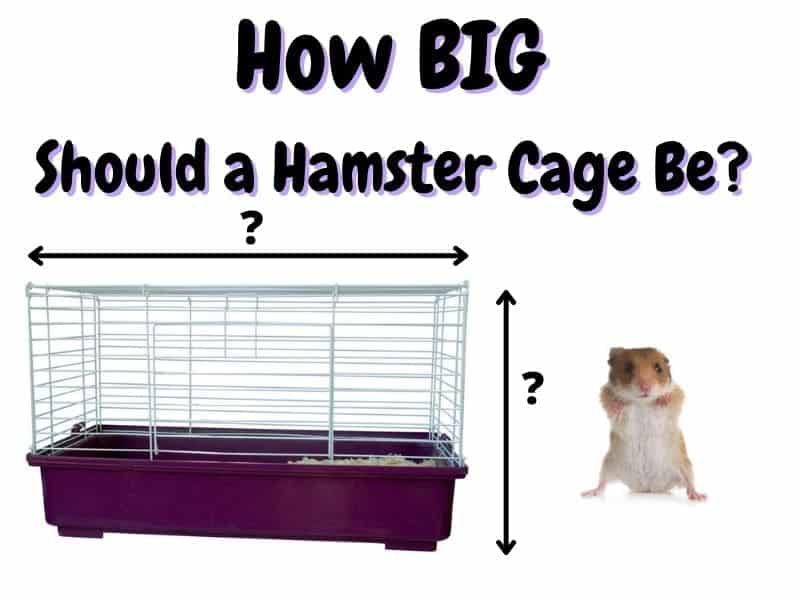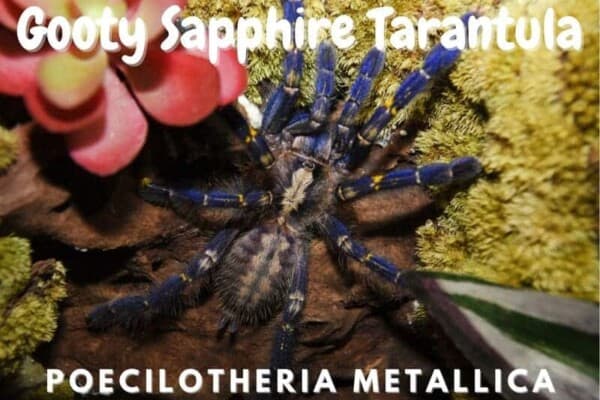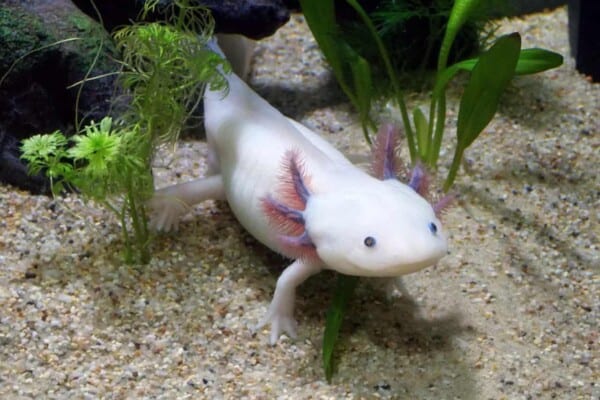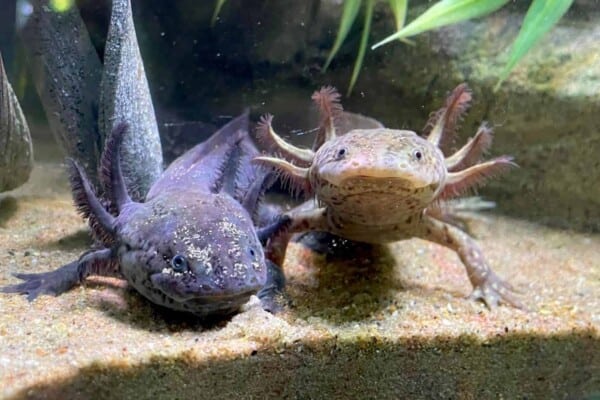You would think that all you need to do to get the correct size hamster cage is go into your local pet store and buy a cage marketed for hamsters, but this is actually not the case. Many cages marketed for hamsters are actually too small. Despite the fact that hamsters are one of the smallest pets you can get, they actually need comparatively large enclosures to run around and explore. The exact measurement depends on the type of hamster you are getting, but you are going to need a minimum of 450 square inches of floor space.
In this article, we are going to take a closer look at everything you need to know about hamster cage size before you go out and buy (or make) your own.
Hamster Cage Size: Takeaway Points
- Dwarf Hamsters need a minimum of 450 square inches of continuous space in their cage
- Syrian Hamsters need a minimum of 600 square inches of continuous space in their cage
- When it comes to hamster cage size, bigger is always better
- Syrian hamsters must be kept on their own
- You must multiply that number by the number of dwarf hamsters in the cage, even though it’s not recommended to have more than two dwarf hamsters in the same cage as they are territorial.
Syrian Hamster Cage Size
Syrian hamsters are one of the most popular hamster breeds to keep as a pet, and they are also one of the largest. Because of this, they need the most space and should never be kept in one of the small plastic hamster cages popularly marketed at pet stores.
As a general rule of thumb, Syrian hamsters need a minimum of 600 square inches (about 4000 square cm) of floor space. This is about 30 inches (80 cm) long and 20 inches (50 cm) wide. The cage also needs to be at least 12 inches or 30.5 cm tall. However, remember to keep in mind that bigger is always better, so if you have space for a bigger cage, you should definitely get one.
You do not need to worry about multiplying this amount because you should never put several Syrian hamsters in one enclosure. Syrian hamsters are one of the more territorial breeds and will get into fights even if placed together for a short time.
Dwarf Hamster Cage Size
There are several different breeds of dwarf hamsters that you may get. You might get a Russian dwarf hamster, a Roborovski dwarf, a Campbell dwarf, or a Chinese dwarf. Luckily, all of these different breeds require similar cage sizes.
If you want one hamster, you are going to need a cage that is at least 30 inches long, 15 inches wide, and 12 inches tall. This equates to just over 66 cm long, just over 38 cm wide, and 30.5 cm tall. If you are considering square footage, you are looking for a cage or tank that has at least 450 square inches (2903 square cm) of floor space. But just like with Syrian hamsters, bigger is better, so size up if you can, even if it is for just one dwarf hamster.
Related: Is the Ferplast Favola Cage a good hamster cage?
How To Calculate Cage Size For More Than One Hamster?
Unlike with Syrian hamsters, you can try housing most dwarf hamsters together (though make sure you do your research before attempting to do so). However, proper hamster care means that you will need to increase the amount of space you provide your hamsters.
For two hamsters, you will need 900 square inches. It is generally not recommended that you keep more than two hamsters together, no matter what breed of hamster you have. That’s because hamsters are territorial by nature and if you keep multiple dwarf hamsters in the same cage, two hamsters might gang up on the weaker one and hurt or even kill him.
Additionally, many experts say that if you are going to keep multiple hamsters, you need to only have continuous space. This is because if you get an enclosure with multiple rooms, a hamster could lay claim to a certain room and become aggressive if another hamster tries to enter it. Having only one room will help prevent your hamsters from claiming certain “territories.”
Hamster Cage Size: Who Sets The Standards?
If you start asking people what size of cage you should get for your hamster, you might get some different answers. So who do you trust? Who sets the standards?
Well, the truth is, there are a couple of different reputable groups that have made recommendations based on research and the welfare of your pets. These groups include The Human Society of the United States, the American Society for the Prevention of Cruelty to Animals (ASPCA), and the Royal Society for the Prevention of Cruelty for Animals (RSPCA).
Unfortunately, many of these trustworthy sites no longer provide you with a concrete number; instead, their recommendation is “as large as possible”. However, they have made minimum cage size recommendations in the past that we can use to figure out how big of a hamster cage you need to get. For instance, in the past, the ASPCA has recommended a minimum of 10 gallons for one small dwarf hamster.
Why Is Hamster Cage Size Important?
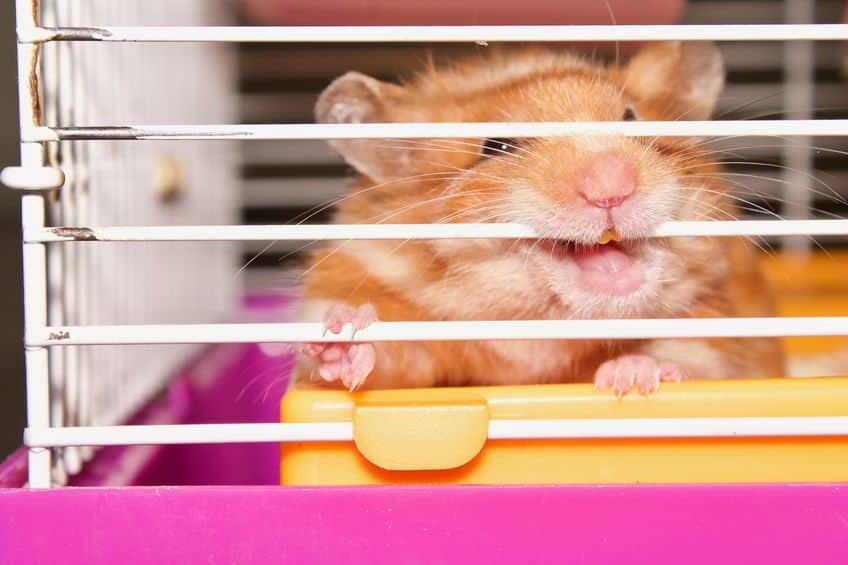
First of all, research has shown that hamsters are healthier both physically and mentally when they have a larger cage. It also contributes to a longer hamster lifespan. When hamsters have been kept in small cages, they have been shown to become aggressive and stressed – and sometimes even end up in a rather panicked state. They can end up hurting themselves or biting you.
Research has also shown that when in a smaller cage, hamsters are more likely to start bar biting. This is someone like the human tendency to bite on nails when stressed, but it has much more serious consequences because bars are significantly harder than nails. It can result in teeth misalignment, serious tooth damage, and fur loss. Some bar chewing is totally normal, but when put in a small cage, it can become compulsive and dangerous.
Finally, a less serious benefit is less cleaning. In a small cage, you will have to deep clean the entire hamster cage rather often. This means taking out all the bedding, removing all the toys, and washing everything down thoroughly. With a larger hamster cage, you will be able to just spot clean on a day-to-day basis and do a deep clean every month to month and a half.
Continuous vs. Non-Continuous Space
If you go to buy a hamster cage, you will notice a few different options. First, some hamster cages look like one giant room. However, you will also notice hamster cages that have several “rooms” connected by tunnels, ramps, etc.
Continuous space is the amount of square footage provided by a cage in one room. Because of this, hamster cages that are not connected by tunnels and ramps actually have more continuous space than a cage that is technically bigger but divided up into several different rooms.

There are some experts that believe the minimum square footage requirements for hamster cages require that minimum in continuous space. That means that any extra space added via tunnels and ramps is just a bonus.
Is Minimum Cage Size Really Enough?
One thing that pretty much all of the experts agree on is that when it comes to hamsters, bigger is always better. This means that while the minimum size is usually enough to keep a hamster happy, the bigger the cage you can get, the better it will be for your hamster.
In the wild, hamsters will run and explore for miles every single night looking for food and other resources. They will also dig deep burrows where they spend the vast majority of their time. If you are able to offer your hamster a bigger cage, he will be able to mimic those natural desires to run, explore, and burrow.
This is also why many hamster owners decide to get their hamster a tank rather than a traditional wire cage. A tank with glass walls allows them to fill it in with more bedding which gives the hamster more space to burrow down deep. Keep in mind that some hamsters like to burrow more than others, so you do not need to worry if your hamster is not prone to doing so.
Why Are Cages Generally Sold Too Small?
If you go to buy a hamster cage at your local pet store, you will notice that many of the cages are actually too small despite being marketed for hamsters. This is because, unfortunately, many pet stores and cage designers are more focused on sales than hamster welfare. But why do cages that are too small sell better?
Well, hamsters are often bought for younger children as first-time pets. Because of this, parents are looking for a small cage that can fit easily on top of a dresser or on a shelf. Additionally, cages that are colorful or look like castles/jungle gyms often sell better with children than large cages with plenty of open space.
You may have better luck finding a big enough cage for your hamster by looking at gerbil cages, or you may want to look online rather than at a local pet store.
Related articles

